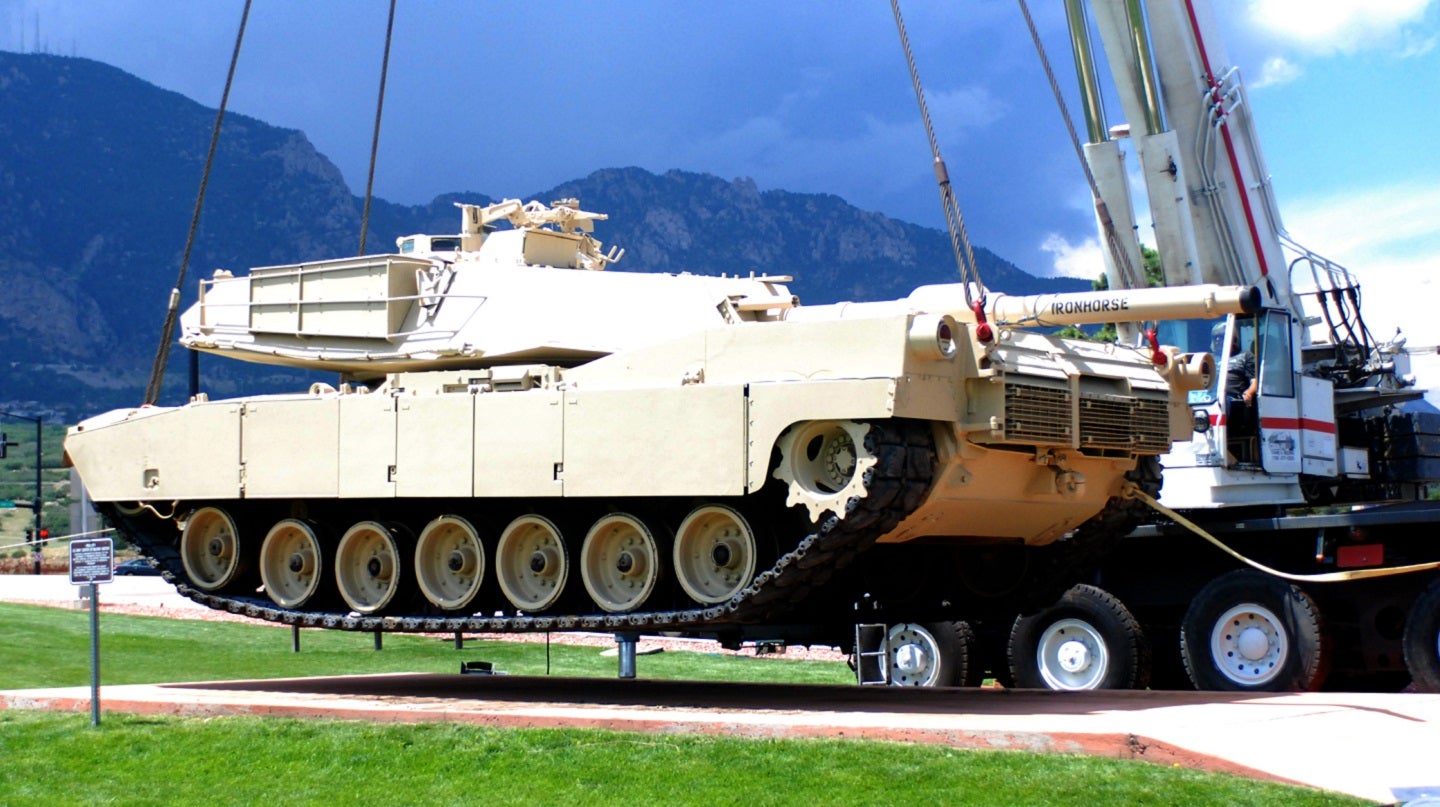
The US has opted to switch the delivery to Ukraine of M1A2 Abrams main battle tanks to the simpler M1A1 version, in order to expedite the provision of heavy armour to the embattled country, with the first units now expected by the autumn.
Following the UK announcement that it would send Challenger 2 tanks to Ukraine, the US Pentagon faced sustained questioning as to why it was not doing likewise in providing Abrams MBTs to Kyiv.
However, in late-January, the US Department of Defense revealed that it would be sending 31 Abrams M1A2 MBTs to Ukraine, although the timelines for their arrival in theatre, given that the US was not willing to send any of its own in-service stock, was likely going to run into mid-2024 at the earliest.
Given these prospective delays, and perhaps feeling political pressure at the speed at which its NATO allies were managing their own equipment provision programmes to Ukraine, on 21 March the DoD announced that it would change the order to the M1A1 model of the Abrams, along with an expedited timeframe.
The new timeline, according to Pentagon Press Secretary US Air Force Brigadier General Pat Ryder, would see the 31 Abrams M1A1 tanks provided to Ukraine “by the Fall” of 2023, effectively halving delivery timescale.
Ryder added that the decision was made due to the ability to get heavy armour capabilities into Ukraine faster than would have been the case with the A2 models.
The 31 M1A1 MBTs will be made up from excess hulls being kept in US inventories and modernised to the required configuration. Amid reports that the UK would be sending 120mm depleted uranium ammunition to Ukraine to arm the Challenger 2s already granted, the Ryder stated that the US would not be sending similar munitions for the M1A1 Abrams.
The only capabilities publicly listed as being fitted to the Ukrainian M1A1 MBTs was a 120mm main gun and a 50-calibre heavy machine gun.
Differences between the M1A1 and M1A2 Abrams
Analysing the respective capabilities of the A1 and A2 variants, it becomes clear that while the older model will still be a valuable capability, it is not as sophisticated as the newer version. While it is yet to be clarified what exact configuration the Ukrainian A1 MBTs will be modernised to, one of the key differentiators on modern battlefield is the necessity of modern optics and sights.
Tristan Sauer, land domain analyst at GlobalData, said that the “critical difference” between the M1A1 and M1A2 was the lack of advanced optronics and a digitised fire control solution on the earlier model.
“The M1A2 is equipped with additional thermal-vision optics for both the driver and commander, providing enhanced situational awareness to the entire crew compared to other MBTs of the same era such as the T-72 or Leopard 1 (thermal restricted to gunner sights). This facilitates night operations of tank formations, which is something both the Ukrainians and Russians have avoided so far due to lacking capabilities.
“The second upgrade is the digitised displays and fire control solutions provided to the commander, which streamline crew operations and platform management in combat, and provide the vehicle with additional versatility should a crewmember or component be taken out of action. This again would be a good additional capability but considering how Ukraine heavily employs tanks as long-range fire support to minimise the risk of losses, the decision to provide older M1A1s won’t have much of an impact as the vehicles won’t often be in a position where those upgrades would make a tangible difference.”
During the 21 March briefing Brigadier General Ryder also revealed that the delivery of Patriot air defence missile systems would also be expedited, due in part to the speed at which Ukrainian personnel have trained to use the system.




